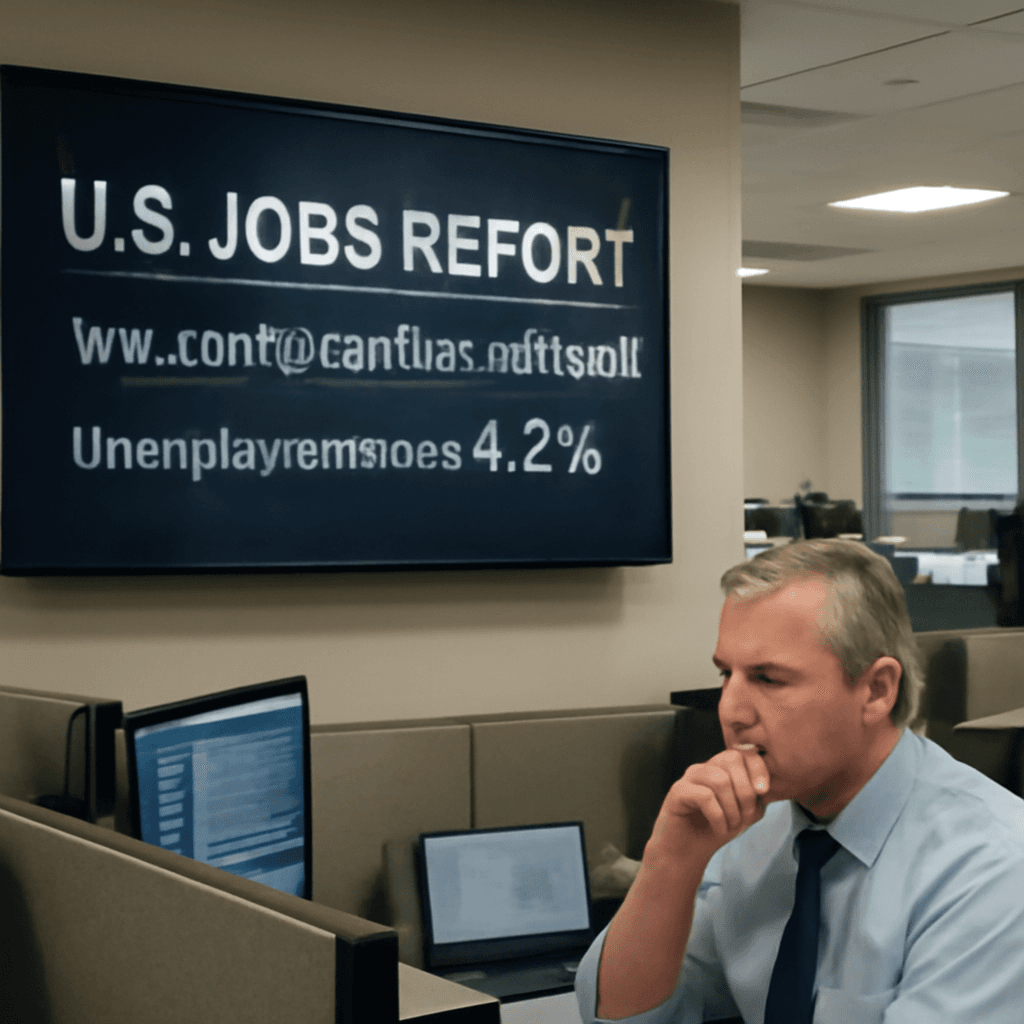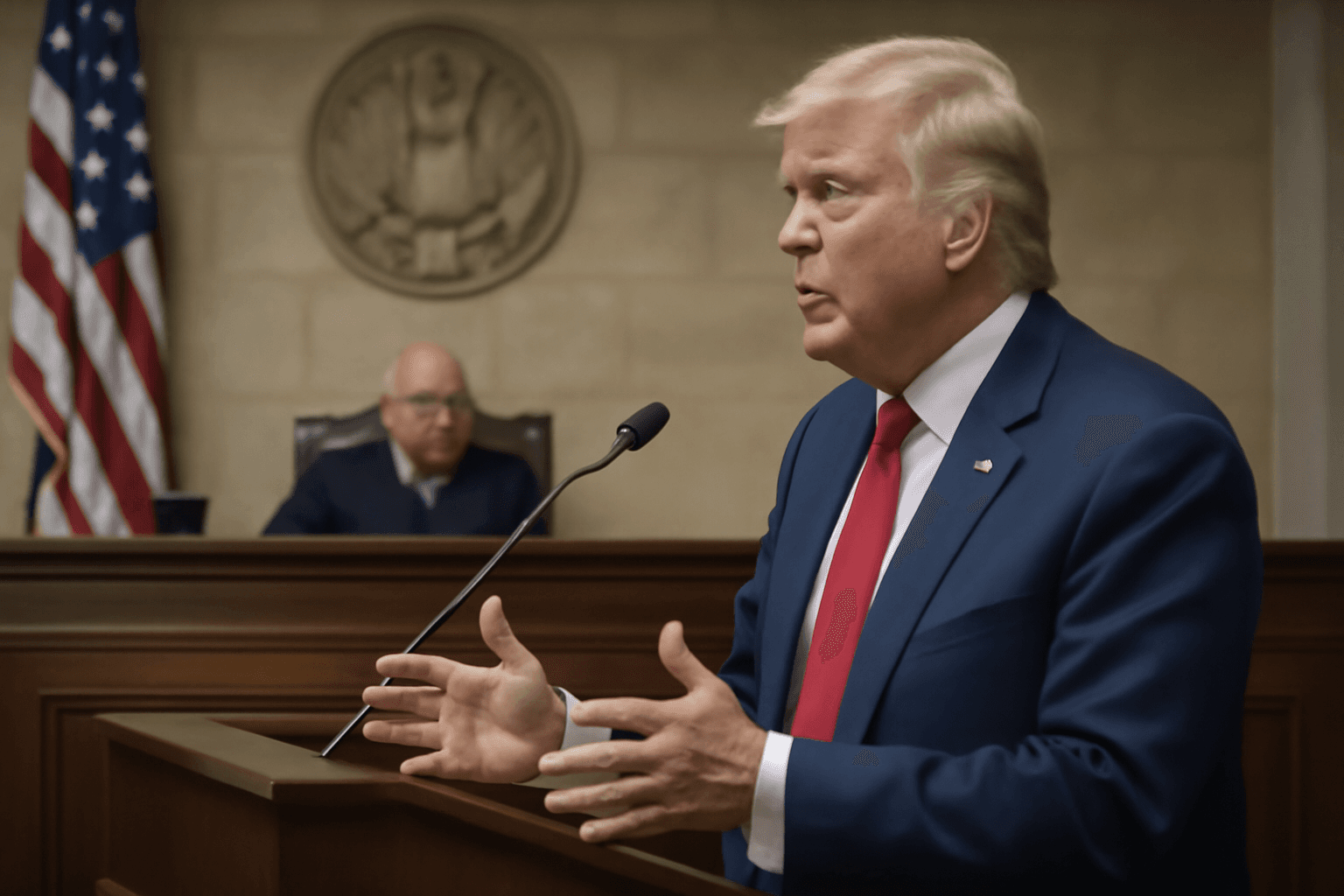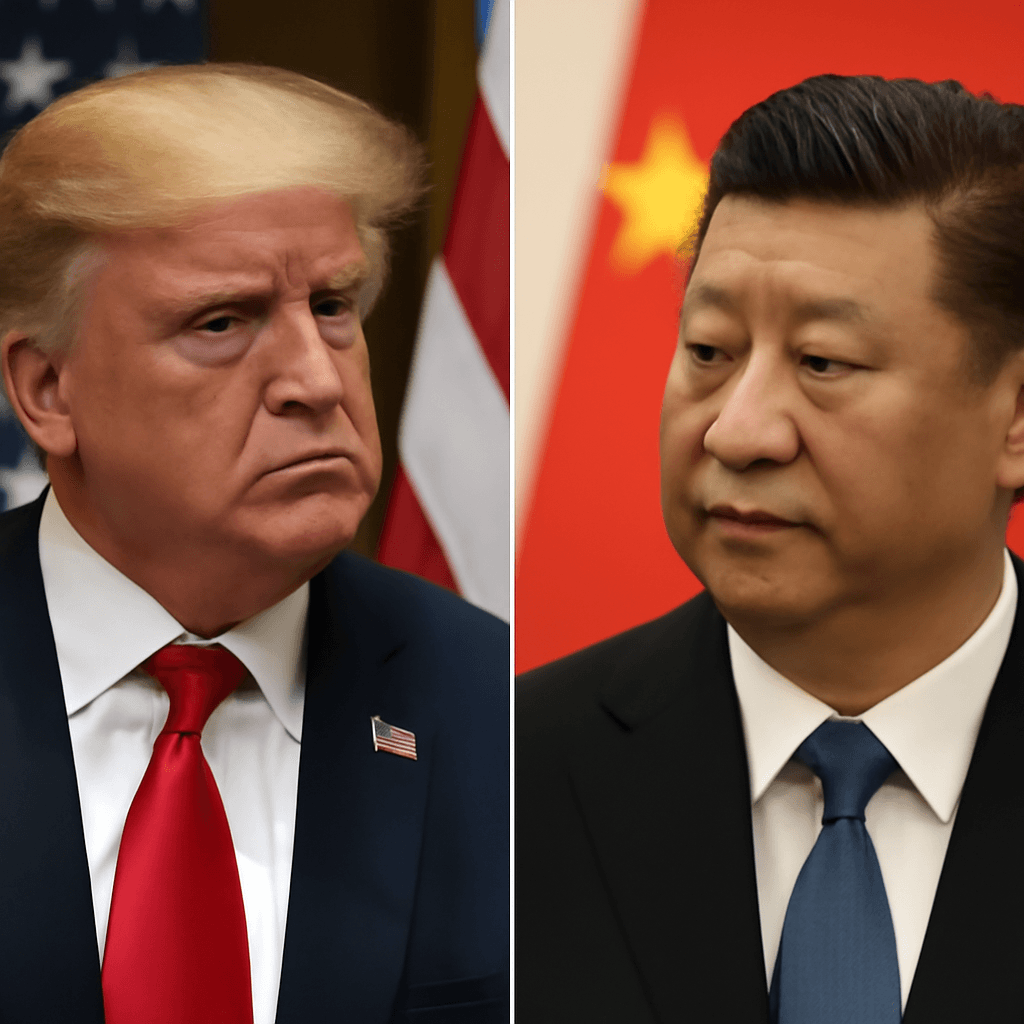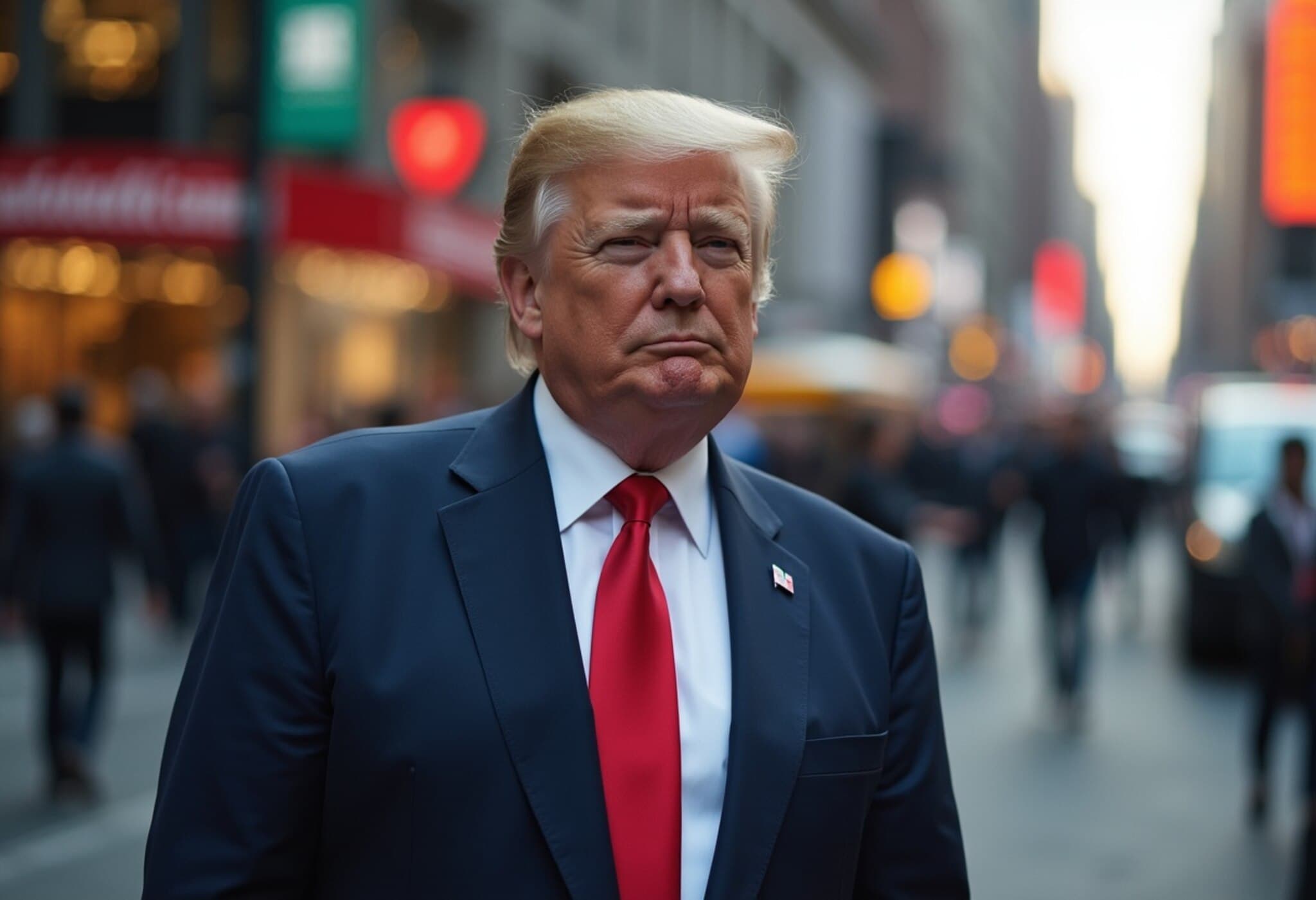Anticipated Slowdown in May Job Growth
Economic indicators suggest that hiring activity in May experienced a notable slowdown, reflecting increasing caution among businesses and consumers amid tariff concerns and economic uncertainty. The upcoming nonfarm payroll report, scheduled for release at 8:30 a.m. ET on Friday, is forecasted to reveal an increase of approximately 125,000 jobs, which is a decline from April’s initially reported 177,000 and below the year-to-date monthly average of 144,000.
Balancing Labor Market Concerns and Inflation
The expected decrease in job additions illustrates a moderation rather than a sharp contraction. However, the extent of this slowdown will be closely analyzed. A drop to around 100,000 could be perceived as manageable, whereas figures substantially below this threshold may intensify fears of an economic recession. Conversely, a stronger-than-expected report might increase Treasury yields, potentially dampening risk appetite among investors.
Analyst Perspectives
- Economic strategist insights emphasize that the May employment data will strike a balance between the deceleration of labor market momentum and persistent inflationary pressures.
- Financial experts note that labor market resilience so far has moderated the need for immediate policy adjustments but acknowledge heightened caution due to ongoing tariff disputes.
Contrasting Economic Data
Recent economic measures present a mixed outlook. Sentiment surveys in manufacturing, services, and small business sectors have indicated waning confidence, mainly due to fears over tariffs and inflation. Meanwhile, hard data from payroll processors showed a minimal increase of just 37,000 jobs in May — the lowest in two years. Additionally, recent unemployment claims have edged upward, marking the highest level seen since October.
The forthcoming employment report stands as a critical test of the labor market's underlying health, which in turn offers insights into consumer strength and, consequently, the broader economy, given that consumer spending accounts for approximately 70% of economic activity.
Impact of Tariffs on Employment and Economy
Trade policy remains a significant factor impacting hiring trends. As tariff-related uncertainties persist, businesses exhibit caution in expansion and hiring decisions. Experts forecast that while there may not be an immediate sharp downturn in job growth, tariff-related pressures will continue to exert a dampening effect on the economy in the near term.
- Variations in forecasts are evident across financial institutions, with some predicting payroll growth near 110,000 jobs and others anticipating figures closer to 150,000.
- Developments in trade negotiations will be closely monitored as they could influence economic sentiment and labor market outcomes.
Implications for Federal Reserve Policy
Investors will scrutinize the May employment report to assess any potential shifts in Federal Reserve policy. Currently, markets do not expect interest rate changes before September, but labor market dynamics remain a key variable as policymakers weigh the inflationary impact of tariffs.
Federal Reserve leadership has identified labor market resilience as a positive economic indicator but continues to maintain vigilance over employment data amid ongoing inflation concerns.
Additional Forecast Details
- The unemployment rate is forecast to remain steady at 4.2%.
- Average hourly earnings are expected to show a 0.3% increase month-over-month and a 3.7% rise year-over-year, indicating continued wage growth.



















